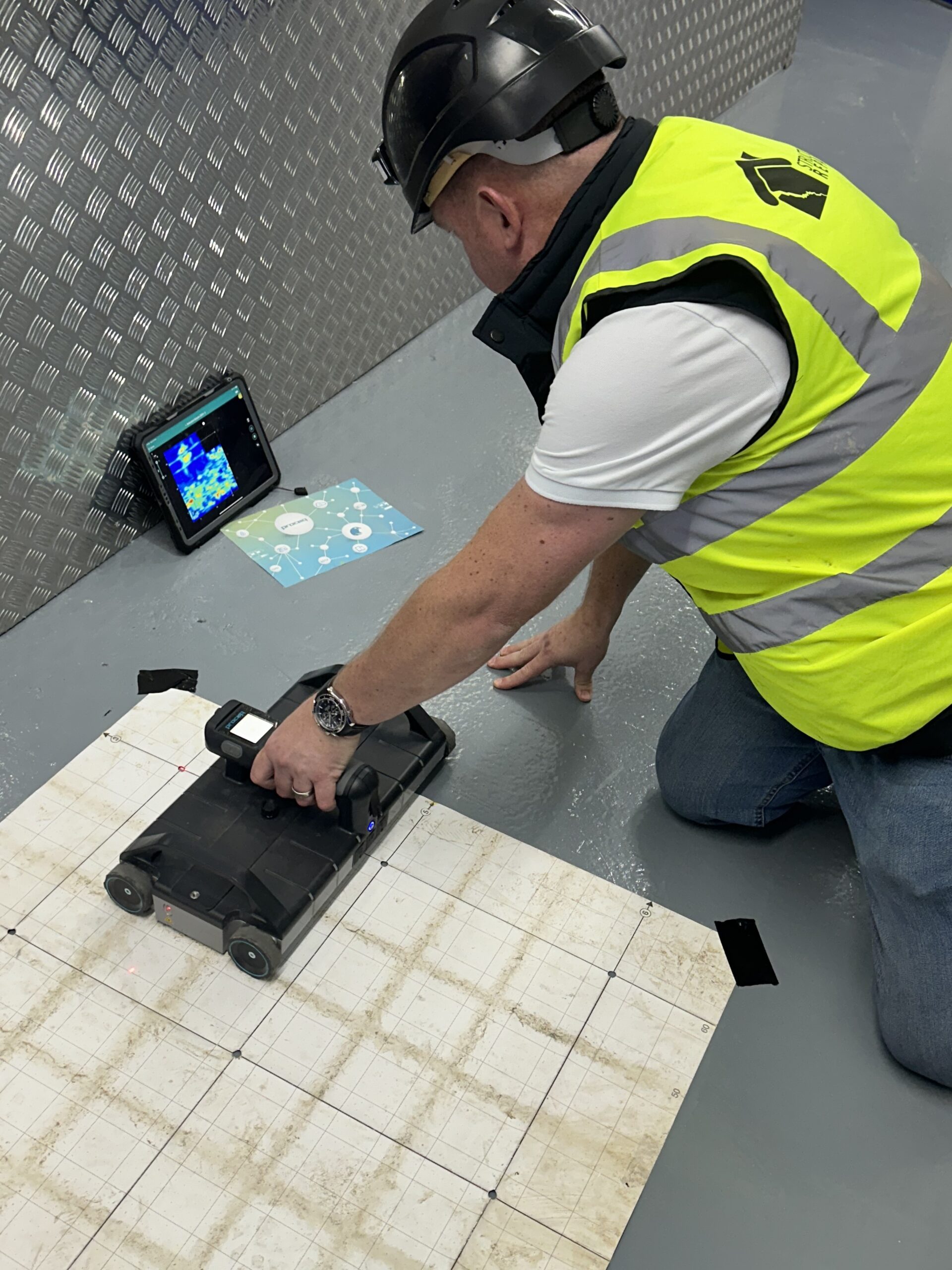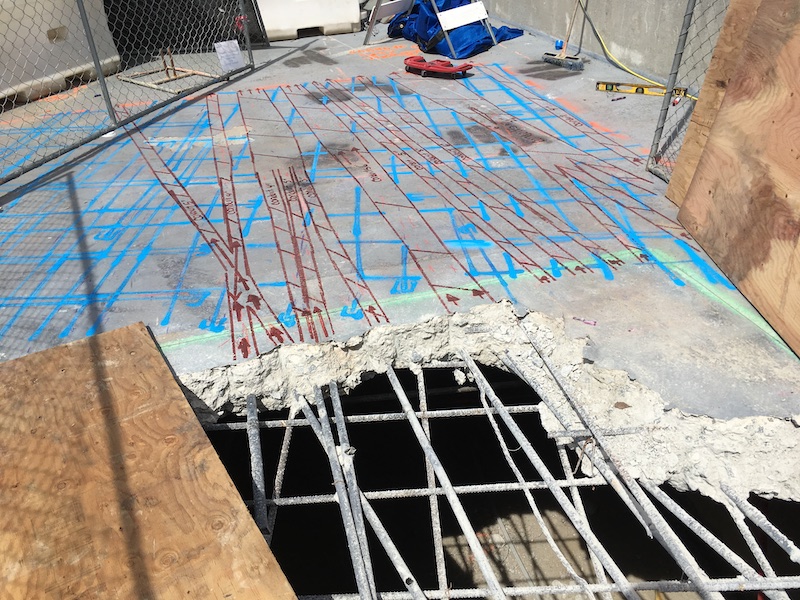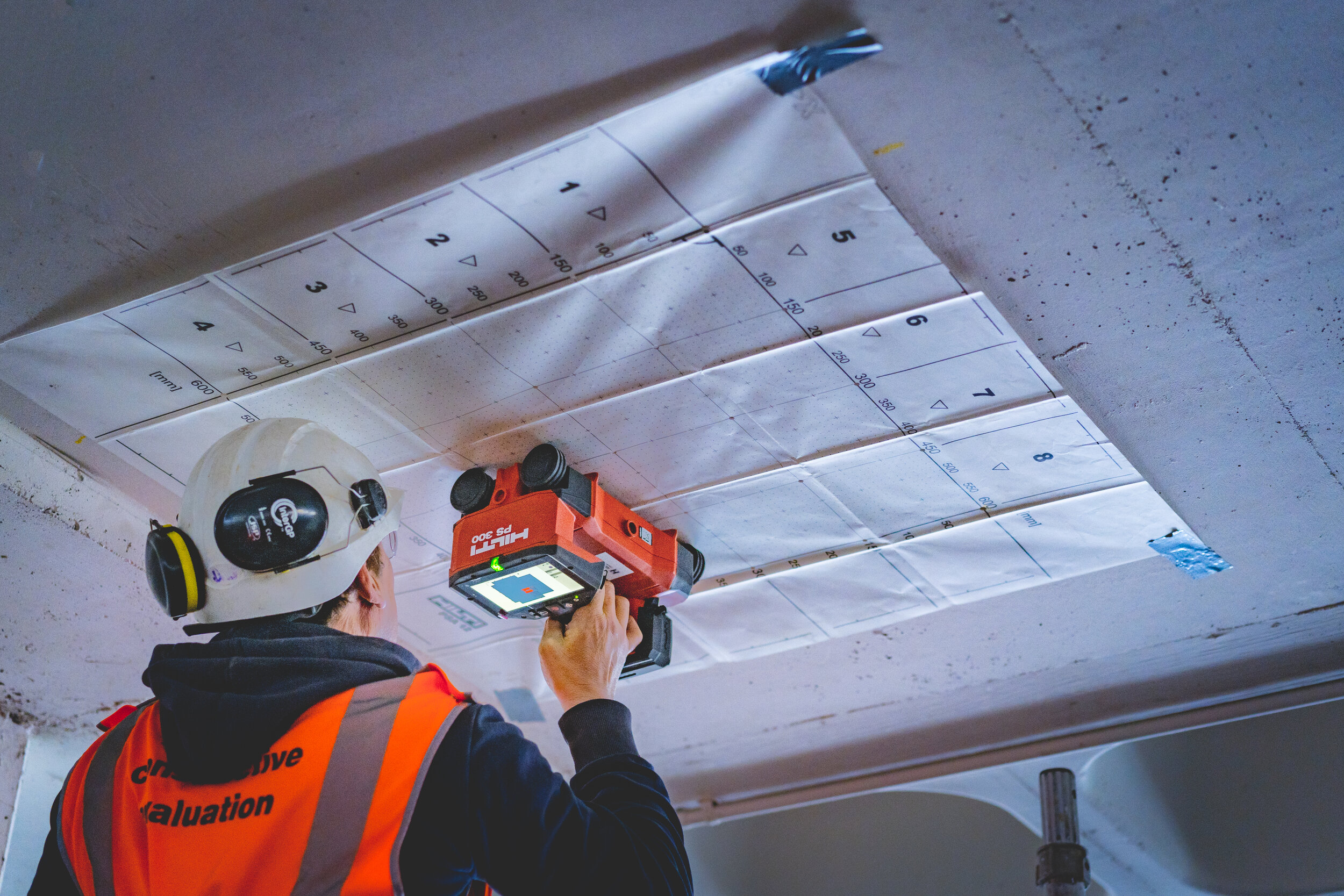Concrete Scanning: A Vital Step In The Direction Of Making Sure Structural Stability and Security
In the realm of building and construction and facilities upkeep, the importance of concrete scanning can not be overemphasized. By employing innovative innovation and approaches, concrete scanning serves as a critical device in ensuring that the stability and safety and security of buildings and bridges are maintained to the greatest standards.
Significance of Concrete Scanning
Concrete scanning plays a critical function in making sure the architectural integrity and safety and security of structures and infrastructure tasks. By utilizing innovative technologies such as ground-penetrating radar (GPR) and electromagnetic induction, experts can non-destructively check concrete structures to detect potential defects, spaces, embedded items, and support design. This procedure allows very early detection of anomalies that can jeopardize the security of a structure, stopping expensive damages and making certain the safety and security of passengers.
Concrete scanning is especially necessary during the preparation and construction phases of a task. Prior to boring, cutting, or coring right into concrete, scanning assists determine the accurate areas of rebar, post-tension cables, and various other ingrained elements, decreasing the risk of unexpected hits that might bring about structural weaknesses. Furthermore, concrete scanning help in quality assurance by verifying the density of concrete covers and detecting any kind of disparities that might affect the total longevity of the structure. Eventually, buying concrete scanning services is not just an aggressive measure to reduce dangers but also an essential step in the direction of maintaining the lasting safety and security of buildings and framework.
Innovation for Concrete Assessment

Benefits of Early Discovery
Timely discovery of architectural concerns can significantly reduce dangers and make certain the longevity of construction tasks. By determining potential problems early in the construction procedure, stakeholders can take positive steps to deal with problems before they escalate right into bigger and a lot more expensive troubles. One of the crucial benefits of very early detection is the avoidance of structural failures, which can present serious safety and security hazards and bring about task hold-ups and economic losses.
In addition, early detection enables timely repairs and maintenance, which can aid expand the lifespan of the framework. By attending to concerns without delay, building groups can stay clear of pricey repairs or even the need for premature substitute of structural parts. This aggressive technique not only saves money and time yet additionally improves the overall security and sturdiness of the building task.
In addition, early detection can improve task planning and decision-making by offering stakeholders with beneficial insights right into the condition of the structure. Armed with this information, job supervisors can make educated choices regarding building methods, timelines, and materials, bring about a lot more effective and efficient job outcomes.
Ensuring Architectural Stability
Guaranteeing the architectural stability of a construction task is paramount to its safety and security and longevity. Architectural stability describes the ability of a structure or framework to maintain its kind and function under different tons and ecological problems. To attain this, extensive evaluation and monitoring of the structure are vital. Concrete scanning plays a vital duty in guaranteeing structural stability by identifying possible issues such as gaps, delamination, or support corrosion that can endanger the stability of the structure gradually.
By using sophisticated scanning modern technologies like ground-penetrating radar (GPR) and electro-magnetic induction, building and construction professionals can non-invasively evaluate concrete frameworks to determine locations of worry beneath the surface area. This proactive approach permits for the very early detection of defects or weak points, making it possible for timely repair work or reinforcement to avoid structural failings.
Regular concrete scanning during different building and construction stages and throughout the life cycle of a structure can assist preserve its security, minimize dangers, and make sure the safety of owners. By focusing on structural security via concrete scanning, building tasks can boost their resilience and durability, ultimately adding to higher safety and longevity.

Protecting Against Crucial Failures
Applying routine evaluations, such as concrete scanning, can expose concealed defects like gaps, fractures, or deterioration that can jeopardize the integrity of a structure. By using sophisticated scanning technologies like Ground Passing through Radar (GPR) or Concrete X-ray, engineers can non-destructively evaluate the problem of concrete and recognize weak factors that need support or repair work.

Verdict
In final thought, concrete scanning plays an important function in making certain architectural honesty and safety try here by using advanced modern technology for view early discovery of prospective problems. This proactive strategy helps stop crucial failings and makes certain the stability of structures. It is important to prioritize concrete assessment as a conventional method to protect the long life and safety and security of buildings and framework.
Concrete scanning plays a critical duty in ensuring the structural stability and safety and security of buildings and infrastructure projects. Furthermore, concrete scanning aids in top quality control by verifying the density of concrete covers and detecting any disparities that might affect the total longevity of the structure. Concrete scanning plays a crucial duty in making sure architectural stability by detecting potential issues such as gaps, delamination, or support deterioration that could compromise the honesty of the structure over time.

In conclusion, concrete scanning plays a critical function in guaranteeing architectural integrity and click this safety and security by using innovative technology for early discovery of potential problems.